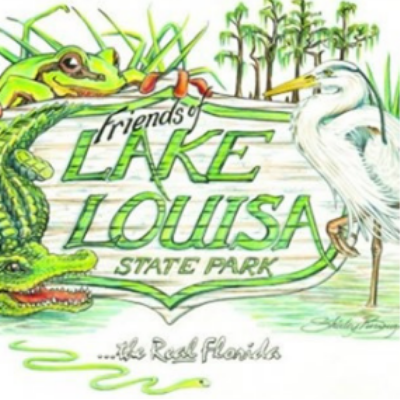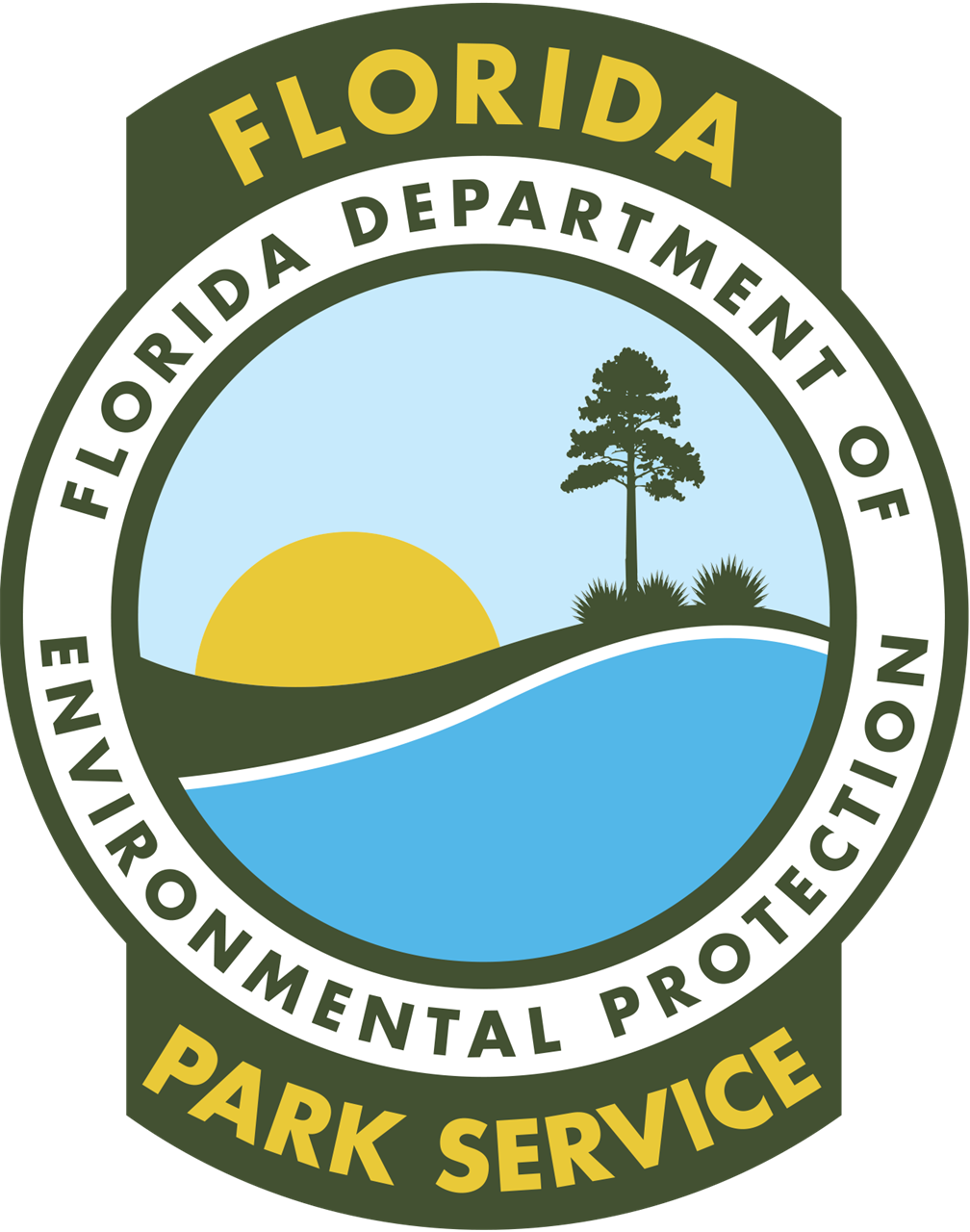Okeechobee Battlefield Historic State Park
Okeechobee Battlefield is the site of one of Florida’s significant battles during the Second Seminole War. The Battle of Okeechobee, fought on Christmas Day, 1837, involved more than 1,000 United States military and volunteer soldiers, fighting against several hundred Seminole and Miccosukee warriors along the northern edge of Lake Okeechobee. The battle is considered a turning point in the war with full-scale attacks ceasing and the number of smaller skirmishes diminishing after the event.
Description of Student Program - School Day at Battle of Okeechobee Reenactment. Students will gain an understanding of the Seminole Wars in Florida, especially the Battle of Okeechobee, how the soldiers and Seminole warriors lived and the equipment they used, and they will see a "mini" battle to see how the battle was fought. Between 550 and 600 students will participate, including all 4th graders in Okeechobee and Glades public schools, private and home school students and the Brighton Seminole Charter School.
Funding needed - Transportation costs - $1,100, Materials - $243 for Seminole Wars Foundation historic pamphlets (‘A Short History of the Seminole Wars’, ‘Memoir to Accompany a Map of Military Operations in FL’, and ‘In Their Own Words: Selected Seminole "Talks" 1817-1842’.
Total Funding needed: $1,343
Dudley Farms Historic State Park
Listed on the National Register of Historic Places, this park demonstrates the evolution of Florida farming from the 1850s to the mid-1940s-through three generations of the Dudley family. In the mid-1800s, the Dudley family moved from Charleston, SC to North Central Florida. Three generations owned and worked the 640-acre piece of land. By the 1880s, Dudley was a significant crossroads community, successfully maintaining livestock, crops and large vegetable gardens and attaining prominence in Alachua County. An authentic working farm, the homestead consists of 18 buildings, including the family farmhouse with original furnishings, an 1880s kitchen outbuilding, a general store and post office, and a functional cane syrup complex. Other original items include hand-stitched quilts, a large quilting frame, an 1835 Bible carried by P.B.H. Dudley through the Civil War, photographs and farm implements. Park staff in period clothing perform daily chores, raise crops and tend to livestock. The farm features seasonal cane grindings, corn shuckings and heritage varieties of livestock and plants. Deer, wild turkeys, gopher tortoises and bluebirds are still seen in the fields. The park has a visitor center, picnic area and nature trail.
Description of Student Program - Historical Education Tours for between 400 and 800 students from Pre-K to 12th grade. Programs are geared appropriately to the age group and cover multiple historical aspects of post-Civil War (War between the States) life on a farm, including: how crops were grown, were water came from, types of vegetables grown, field crops and cash crops, livestock and farm animals, what life was like, why and how the buildings were built, transportation of the time, farming implements and other tools of the time, why certain land areas were utilized and not others, and daily life for men, women and children. We also compare and contrast how we as a society and/or as individuals live now with how they lived back then.
Funding needed – Transportation cost - $4,000, Materials - $195 as follows:
Educational DVDs $ 35.00
(to be distributed to students along with handouts as a pre and post supplement to the tour)
1 Box Paper $ 25.00
60 clipboards $120.00
144 pencils $ 15.00
Total Materials - $195.00
Total Funding needed: $4,195



